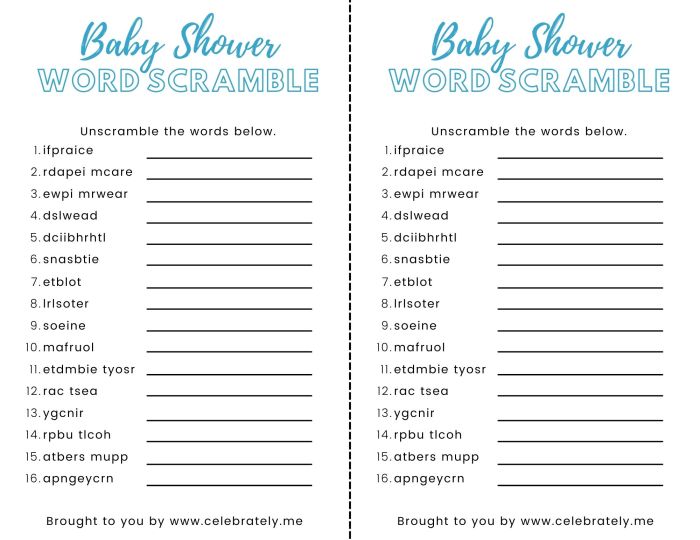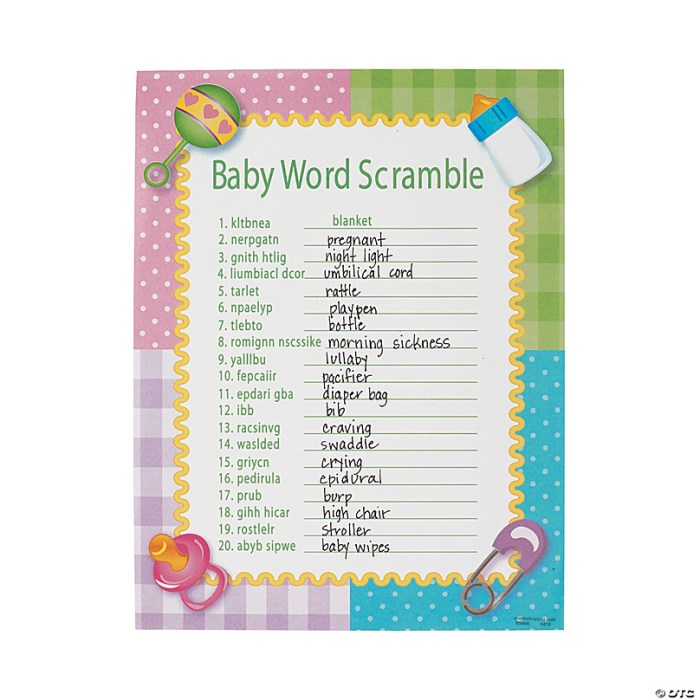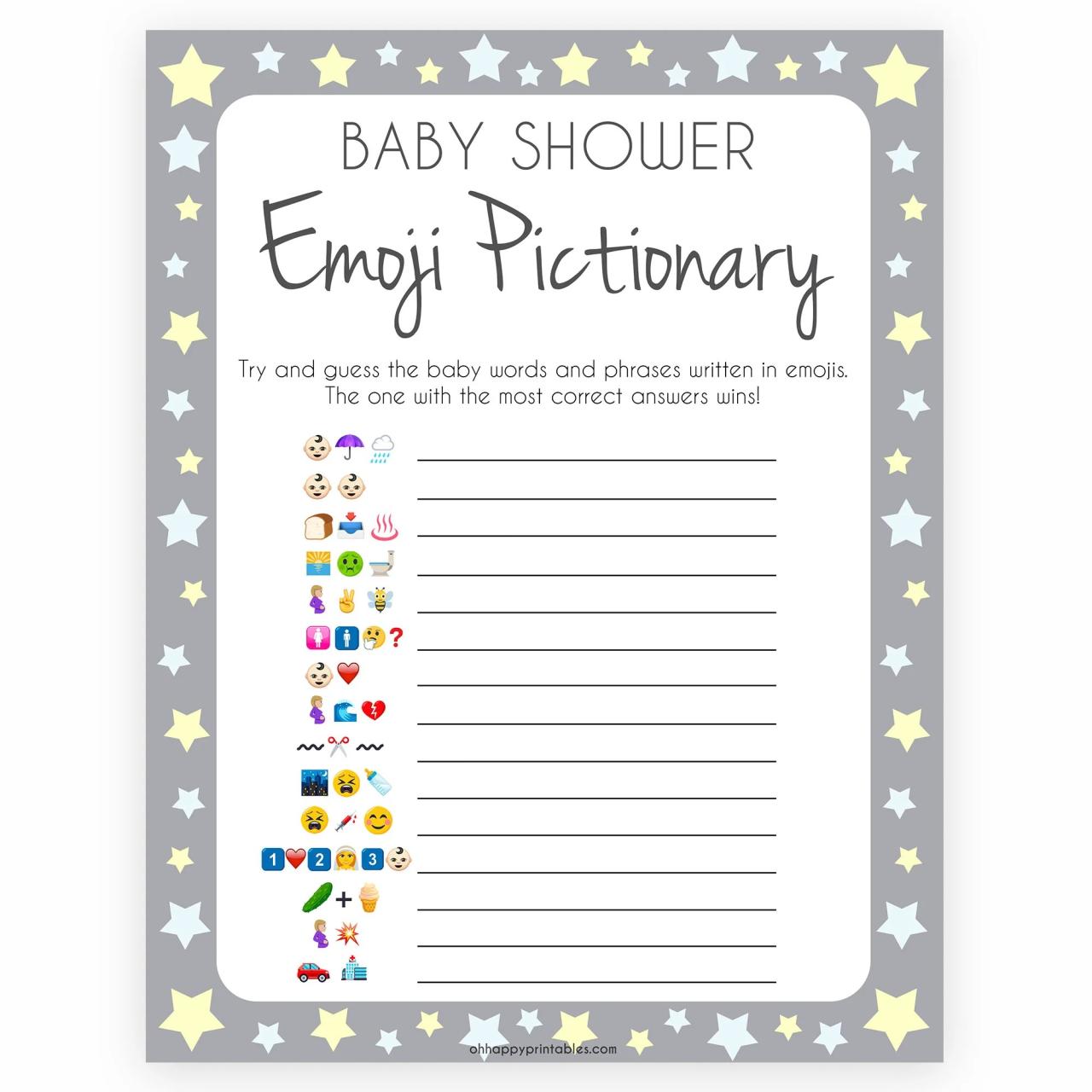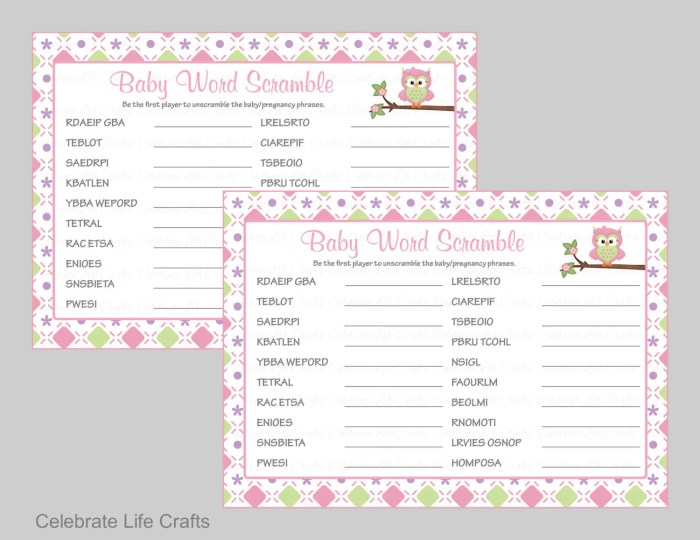Embark on a literary journey with Desiree’s Baby PDF Answer Key, a comprehensive guide that unlocks the intricacies of Kate Chopin’s poignant novella. This detailed analysis provides insights into the novel’s historical context, literary elements, and profound exploration of racial and social issues.
Prepare to delve into the depths of Desiree’s Baby, where love, identity, and societal prejudices collide, leaving an indelible mark on the hearts of its characters and readers alike.
Introduction
Desiree’s Baby is a short story written by Kate Chopin in 1893. It tells the story of a young woman named Desiree who falls in love with a man named Armand. They marry and have a child, but the child is born with dark skin, which Armand believes is a sign that Desiree is not white.
Armand rejects Desiree and the child, and Desiree is left to raise the child on her own.The Desiree’s Baby PDF Answer Key is a resource that provides answers to the questions that students may have about the story. It can be used by students to help them understand the story and its themes.
The Desiree’s Baby PDF Answer Key can be a helpful resource for students who are studying the story. It can provide them with answers to the questions that they may have about the story, and it can help them to understand the story’s themes.
However, it is important to note that the Answer Key is not a substitute for reading the story itself. Students should read the story carefully and think about its themes before using the Answer Key to check their understanding.
Historical Context

Kate Chopin’s “Desiree’s Baby” was written in the late 19th century, a period marked by significant social and cultural changes in the United States.
The novel reflects the prevailing racial attitudes and gender roles of the time. It explores the complexities of race and identity in the post-Reconstruction South, where the legacy of slavery and the struggle for equality continued to shape society.
Social and Cultural Influences
- Racial Tensions:The novel’s setting in Louisiana during the post-Reconstruction era highlights the lingering racial tensions and prejudice that existed in the region.
- Gender Roles:The story also examines the traditional gender roles and expectations of the time. Desiree’s role as a passive and dependent wife reflects the limited opportunities available to women in the 19th century.
- Cultural Norms:The novel explores the social and cultural norms that governed relationships and family dynamics. The pressure to conform to these norms played a significant role in shaping the characters’ actions and choices.
Literary Analysis

Desiree’s Babyby Kate Chopin is a profound and evocative novella that explores the complexities of race, identity, and societal norms. Through a meticulous examination of the novel’s literary elements, we delve into its intricate tapestry of characters, setting, plot, and symbolism, unraveling the key themes and motifs that resonate throughout the story.
The narrative unfolds in the opulent antebellum South, where the characters grapple with the suffocating weight of racial prejudice and the fragility of human relationships. Chopin’s skillful use of foreshadowing and irony creates a sense of impending doom, as the reader witnesses the tragic consequences of societal expectations and the denial of true identity.
Plot
The plot revolves around the tragic love story of Desiree and Armand Aubigny. Their whirlwind romance and subsequent marriage are marred by the revelation of Desiree’s racial heritage, which triggers a profound shift in Armand’s feelings and ultimately leads to their separation.
Characters, Desiree’s baby pdf answer key
- Desiree:A beautiful and enigmatic young woman, Desiree is unaware of her mixed racial heritage. Her innocent and loving nature is juxtaposed against the harsh realities of the society she lives in.
- Armand Aubigny:A wealthy and respected plantation owner, Armand is initially smitten with Desiree but becomes consumed by racial prejudice and ultimately rejects her.
- Madame Valmonde:Desiree’s adoptive mother, Madame Valmonde is a compassionate and loving figure who provides Desiree with a sense of belonging and security.
Setting
Set in the lush and oppressive antebellum South, the story vividly depicts the stark contrast between the grandeur of plantation life and the suffocating weight of racial inequality. The plantation itself becomes a symbol of the entrenched social order that ultimately destroys Desiree and Armand’s love.
Symbolism
Chopin employs powerful symbolism throughout the novella. The baby’s appearance, for instance, serves as a physical manifestation of the racial divide that separates Desiree from Armand. The magnolia tree, a symbol of beauty and purity, ironically foreshadows the tragic events that unfold.
Character Study: Desiree’s Baby Pdf Answer Key

Desiree’s Baby, written by Kate Chopin, features a complex cast of characters whose motivations and relationships drive the story’s tragic events. At the heart of the narrative are Desiree, Armand, and their unnamed daughter, each playing a pivotal role in shaping the story’s themes of race, identity, and the destructive power of prejudice.
Desiree
Desiree is a beautiful and enigmatic woman of mixed racial heritage. Her parentage is shrouded in mystery, and she is raised as a white woman on the Valmonde plantation. Desiree’s grace and charm captivate Armand, who falls deeply in love with her and marries her.
However, Desiree’s true identity as a black woman is revealed when their daughter is born with dark skin. This revelation shatters their idyllic marriage and sets in motion a chain of events that ultimately leads to tragedy.
Armand
Armand is a wealthy and respected plantation owner who initially appears to be a devoted husband to Desiree. However, his true nature is revealed when their daughter’s race is exposed. Armand’s prejudice and fear of social ostracism drive him to reject his wife and child.
He banishes them from his plantation and ultimately abandons them to an uncertain fate.
Daughter
Desiree and Armand’s unnamed daughter is the catalyst for the story’s tragic events. Her dark skin exposes the lie that Desiree is white, shattering the illusion of their perfect marriage. The daughter’s existence symbolizes the destructive power of racial prejudice and the ways in which society can dehumanize individuals based on their race.
You’ll find the answers to your questions about Desiree’s Baby in the PDF answer key. Brandon Brown is excited to get a dog. You can read more about Brandon Brown’s plans to get a dog here . To return to the topic of Desiree’s Baby, the PDF answer key provides detailed explanations for each question.
Racial and Social Issues

Desiree’s Baby explores various racial and social issues prevalent in the post-Civil War South, particularly the intersections of race, class, and identity. These issues profoundly shape the characters’ experiences and the story’s tragic outcome.
One of the central themes is the pervasive racism that permeates Southern society. Desiree’s mixed-race heritage, revealed through the color of her child’s skin, exposes the deep-seated prejudice and discrimination that exists. Her husband, Armand, initially rejects their child due to its perceived racial impurity, reflecting the prevailing social norms that define whiteness as superior.
Classism
The novel also highlights the rigid class structure of the antebellum South. Desiree and Armand belong to the wealthy planter class, while the enslaved population is subjected to harsh conditions and limited opportunities. The contrasting experiences of these two groups underscore the vast social divide that exists, with the ruling class maintaining power and privilege through the exploitation of the marginalized.
Identity
Desiree’s Baby explores the complex issue of identity, particularly in the context of race and social status. Desiree’s identity is constantly questioned and challenged due to her ambiguous racial heritage. Her struggle to find a place in a society that rigidly defines race and social roles highlights the complexities of personal identity and the societal pressures that shape it.
Symbolism and Imagery

In “Desiree’s Baby,” symbolism and imagery play a pivotal role in conveying the novel’s themes and enhancing its emotional impact. Kate Chopin employs these literary devices to explore the complex dynamics of race, identity, and social inequality.
Color Symbolism
Throughout the novel, Chopin uses colors to symbolize the characters’ racial identities and the social hierarchies they inhabit. Desiree’s whiteness is associated with purity, innocence, and vulnerability, while Armand’s Creole ancestry is represented by the darker hues of the bayou, symbolizing mystery and otherness.
- White:Purity, innocence, vulnerability (Desiree)
- Bayou hues (dark):Mystery, otherness (Armand)
Nature Imagery
Chopin’s use of nature imagery evokes the beauty and sensuality of the Louisiana bayou, but it also foreshadows the impending tragedy. The lush vegetation and vibrant colors create a sense of abundance and growth, while the bayou’s unpredictable waters represent the hidden dangers and uncertainties that lurk beneath the surface.
- Bayou:Hidden dangers, uncertainties
- Vegetation:Abundance, growth
Animal Imagery
Animals are used symbolically to represent the characters’ primal instincts and emotions. The mockingbird, with its beautiful song and tragic end, symbolizes Desiree’s innocence and vulnerability. The wild ducks, with their free and independent nature, represent Armand’s Creole heritage and his desire to break free from societal constraints.
- Mockingbird:Innocence, vulnerability (Desiree)
li> Wild ducks:Creole heritage, freedom (Armand)
Cultural Impact
Kate Chopin’s “Desiree’s Baby” has had a significant cultural impact on American literature and society, contributing to a deeper understanding of race, identity, and social justice.
The novel exposes the complexities of racial prejudice and the destructive consequences of social inequality. It challenges the prevailing notions of racial superiority and the myth of the “pure” white race.
Contributions to Racial Understanding
The novel’s depiction of Desiree’s racial ambiguity forces readers to question the rigidity of racial categories and the arbitrary nature of racial classifications.
- It demonstrates the absurdity of assigning racial labels based on physical appearance, as Desiree’s true ancestry is revealed only after the birth of her child.
- The novel highlights the social construction of race and the ways in which it is used to justify discrimination and oppression.
Contributions to Identity Formation
The novel explores the complexities of identity formation in a racially divided society.
- Desiree’s struggle to find her place in society reflects the experiences of many individuals who have faced discrimination and prejudice based on their race or ethnicity.
- The novel challenges the idea of a fixed or static identity, showing how one’s sense of self can be shaped and reshaped by external factors.
Contributions to Social Justice
The novel’s depiction of the injustices faced by Desiree and her child raises awareness about the systemic racism that has plagued American society.
- It encourages readers to reflect on the consequences of prejudice and discrimination, and to work towards creating a more just and equitable society.
- The novel’s enduring legacy lies in its ability to provoke dialogue and inspire change, contributing to the ongoing fight for racial equality and social justice.
Educational Value
Desiree’s Baby” serves as an invaluable educational tool, providing a rich platform for teaching literary analysis, social issues, and critical thinking skills.
In terms of literary analysis, the novel offers a concise and compelling study of characterization, symbolism, and narrative structure. Students can delve into the complex psychology of Desiree and Armand, examining the motivations and prejudices that drive their actions. The novel’s use of symbolism, particularly the imagery of light and darkness, provides opportunities to explore deeper meanings and themes.
Social Issues
Furthermore, “Desiree’s Baby” confronts students with the complexities of social issues such as race, prejudice, and the power dynamics between men and women. The novel’s portrayal of the antebellum South and the institution of slavery challenges students to examine the historical and societal factors that shape individual experiences.
Through discussions and analysis, students can gain a deeper understanding of the devastating consequences of racism and discrimination.
FAQ Compilation
Where can I find the PDF version of Desiree’s Baby?
The PDF version of Desiree’s Baby can be found on various online platforms, including Project Gutenberg and Google Books.
What are the key themes explored in Desiree’s Baby?
Desiree’s Baby explores themes of racial identity, social injustice, the complexities of love, and the destructive nature of prejudice.
How does the novel’s historical context influence its narrative?
The novel’s setting in the post-Civil War South provides a backdrop for examining the lingering racial tensions and societal prejudices of the time.